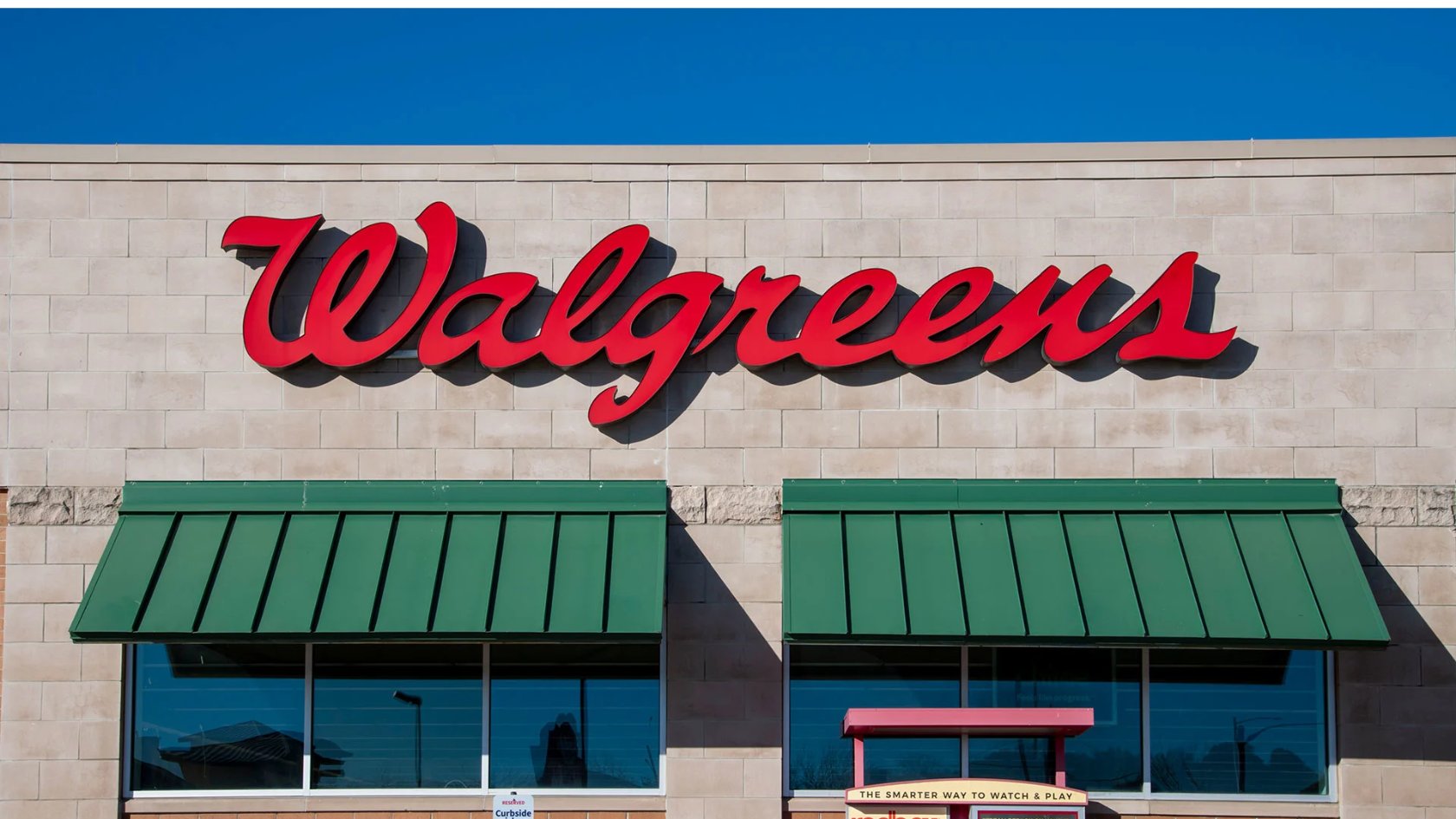Walgreens has posted stronger-than-expected financial results for its fiscal second quarter, driven by a rebound in its U.S. retail pharmacy operations. The pharmacy chain giant, currently undergoing a major transformation under new leadership and a $10 billion acquisition deal with Sycamore Partners, is showing signs of a promising turnaround.
Robust Pharmacy Growth Pushes Revenue Higher
Walgreens reported a revenue increase to $38.59 billion for the quarter ending February 28, up from $37.05 billion a year earlier. This strong growth is mainly attributed to the performance of its U.S. retail pharmacy unit, which saw sales climb to $30.38 billion—surpassing analyst expectations of $29.67 billion. The jump in sales is a positive indicator, especially as Walgreens has faced persistent challenges in recent years including inflation-driven dips in consumer spending and lowered reimbursement rates for prescriptions.
Despite these hurdles, the company’s renewed focus on core operations, particularly its pharmacy services, is starting to pay off. With demand for medications remaining steady and strategic operational changes kicking in, Walgreens appears to be stabilizing its retail segment. Notably, on an adjusted basis, the company earned 63 cents per share, beating Wall Street estimates of 53 cents. This performance reflects the early success of its cost restructuring and store optimization efforts.
Leadership Changes and Strategic Shifts Paying Off
Under the leadership of CEO Tim Wentworth, a healthcare industry veteran appointed in 2023, Walgreens has made significant operational changes. Wentworth replaced Rosalind Brewer, who resigned abruptly last year. Since then, the company has eliminated layers of middle management, initiated a $1 billion cost-cutting campaign, and committed to shutting down over 1,200 underperforming stores.
These actions are part of Walgreens’ broader mission to streamline operations and refocus on profitable core sectors. Wentworth’s leadership has brought renewed confidence among investors and stakeholders, especially as these measures begin to reflect in financial results. The restructuring also aims to strengthen customer service delivery and enhance overall efficiency, positioning Walgreens for future growth amid increasing competition in the retail pharmacy landscape.
Private Equity Deal with Sycamore Partners Signals a New Chapter
In March, Walgreens entered into a deal to be taken private by Sycamore Partners, a private equity firm with a track record of revitalizing distressed retail brands. The $10 billion acquisition marks the end of Walgreens’ nearly 100-year presence on public markets and represents a significant shift in strategy. The company has already withdrawn its fiscal 2025 outlook, citing the ongoing nature of the deal.
Sycamore Partners is known for its retail and consumer sector investments and has previously acquired companies like Staples, Talbots, and Nine West. The firm is expected to bring retail-focused expertise to Walgreens, with an emphasis on operational efficiency and profitability. The transaction is expected to close in the fourth quarter of this year, marking a pivotal moment in the company’s storied history. This move could potentially free Walgreens from the short-term pressures of the public market, allowing it to concentrate on long-term growth and innovation.
FAQ: Everything You Need to Know About Walgreens’ Latest Performance
Why Did Walgreens See a Rise in Sales?
The growth is primarily due to the strong performance of its U.S. retail pharmacy unit, which exceeded sales expectations. Strategic cost-cutting and closure of underperforming stores also played a role in boosting earnings.
What Were Walgreens’ Second Quarter Earnings?
For the quarter ended February 28, Walgreens reported $38.59 billion in sales and an adjusted earnings per share (EPS) of 63 cents—beating the 53 cents forecasted by analysts.
Who Is the Current CEO of Walgreens?
Tim Wentworth, a seasoned executive in the healthcare sector, took over as CEO in 2023 following the departure of Rosalind Brewer.
Why Is Walgreens Going Private?
Walgreens is being acquired by private equity firm Sycamore Partners for $10 billion. The move is expected to provide more flexibility and enable long-term strategic planning without public market pressures.
What Changes Has Walgreens Made Recently?
Major changes include a $1 billion cost-cutting initiative, removal of middle-level managers, and plans to close 1,200 underperforming stores to improve efficiency and profitability.
When Will the Sycamore Partners Deal Be Completed?
The deal is expected to close in the fourth quarter of the current fiscal year, after which Walgreens will no longer be publicly traded.
A Pivotal Moment in Walgreens’ Transformation
Walgreens sales is navigating a major turning point. The combination of a strong performance in its core pharmacy business, leadership changes, and the shift toward private ownership under Sycamore Partners signals a renewed focus on sustainable growth. With continued execution of its transformation plans, the company seems poised for a more stable and profitable future.
As Walgreens adapts to new market dynamics and prepares for a new chapter under private equity ownership, stakeholders are watching closely. The strategic choices made now will likely determine how the century-old pharmacy brand evolves in the coming years—both as a business and a community healthcare provider.




















